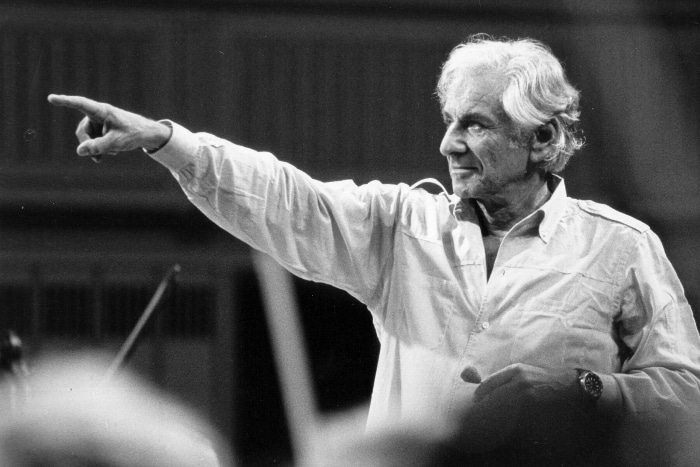
Presented by Manchester Lit & Phil
Music critics almost universally consider Beethoven’s Ninth Symphony one of Beethoven’s greatest works. It is regarded as one of the supreme achievements in the history of music. Composed between 1822 and 1824, it was premiered at the Kärthnertortheater in Vienna on 7 May 1824. Since then, the symphony – or at least, its ground-breaking final movement with its setting of Schiller’s ‘Ode to Joy’ – has become arguably the best-known of all pieces of classical music, influencing many later composers.
Its melody is familiar to hundreds of millions of people across the world – who might never have heard it in its original context. This is thanks to its reproduction in films, video games, children’s books and TV adverts. It is also a work that, more than any other piece of classical music, has been used – sometimes appropriated – in connection with significant movements and events in European culture and politics.
Wagner conducted the Ninth Symphony to mark the laying of the foundation stone of the Bayreuth Festspielhaus in 1872. And his descendants chose it as the work with which to reopen the same theatre in 1951, as they tried to distance themselves from the Nazi Party.
On Christmas Day 1989, Leonard Bernstein conducted the symphony in Berlin to celebrate the fall of the Berlin Wall. From 1972 onwards, the ‘Ode to Joy’ was adopted as a European anthem by first the Council of Europe and then the European Union. And in 2019 Nigel Farage’s Brexit MEPs notoriously turned their backs when an arrangement of Beethoven’s melody for saxophone quartet was played in the European Parliament.
Michael Downes explores these and other significant performances of the work, including the Viennese premiere, examining the motivations of those who have programmed it and considering the reasons for its ubiquity.
Book Beethoven, Bayreuth, Bernstein and Brexit at International Anthony Burgess Foundation




